'Catastrophic': South Asia Reels From Virus Surge
Early optimism that South Asia might have dodged the worst ravages of the coronavirus pandemic has disappeared as soaring infection rates turn the densely populated region into a global hot spot.
After several months trailing the US and western Europe, cases of COVID-19 are surging across South Asia -- home to almost a quarter of the world's population -- where the virus is wreaking havoc on fragile medical systems and underfunded health agencies are pushed to breaking point.
Overflowing hospitals from Kabul to Dhaka are turning away suspected virus patients, mortuaries are being overwhelmed as cemeteries and crematoria struggle to cope, and desperate families are searching for help for critically ill loved ones.
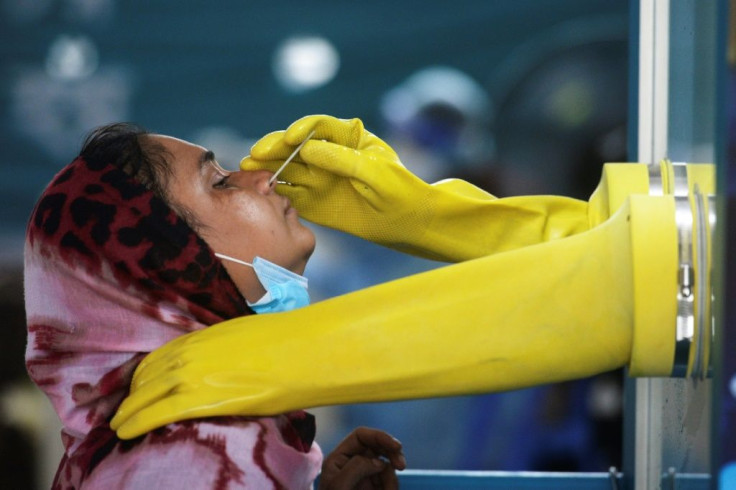
"The situation is catastrophic," Abdur Rob, a senior doctor at Bangladesh's Chittagong General Hospital, told AFP.
"Patients are dying in the ambulances on the roads as they shunt between hospitals looking for (intensive care) beds or hospital admission."
Archie Clements, the vice-chancellor of the health sciences faculty at Curtin University in Western Australia, said the situation would likely worsen.
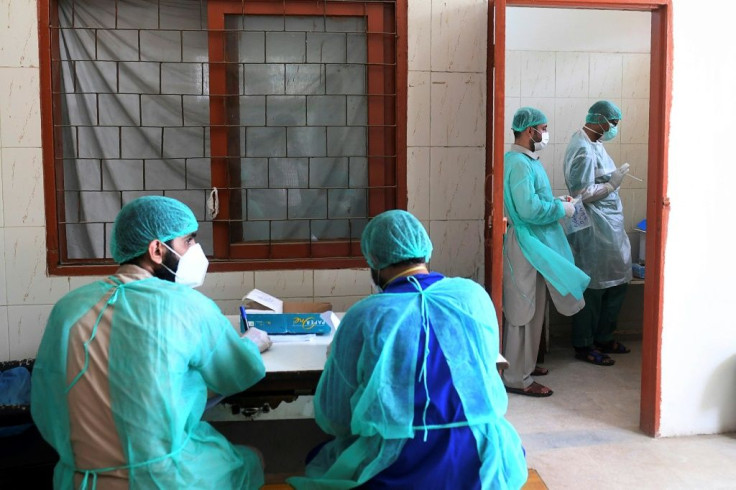
The growth curve "is still in an exponential phase", Clements said.
"We could be heading towards a larger number of deaths in the weeks ahead."
Worldwide more than eight million people have been infected by COVID-19 and over 446,000 have died, with the virus accelerating across South Asia and Latin America.
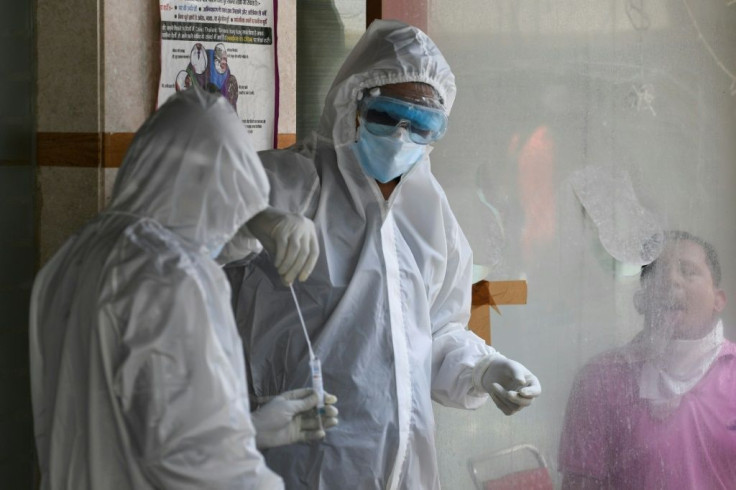
Devastating scenarios are playing out as cash-strapped governments choose between enforcing lockdowns or watching low-income families slide deeper into poverty, often with no safety nets to catch them.
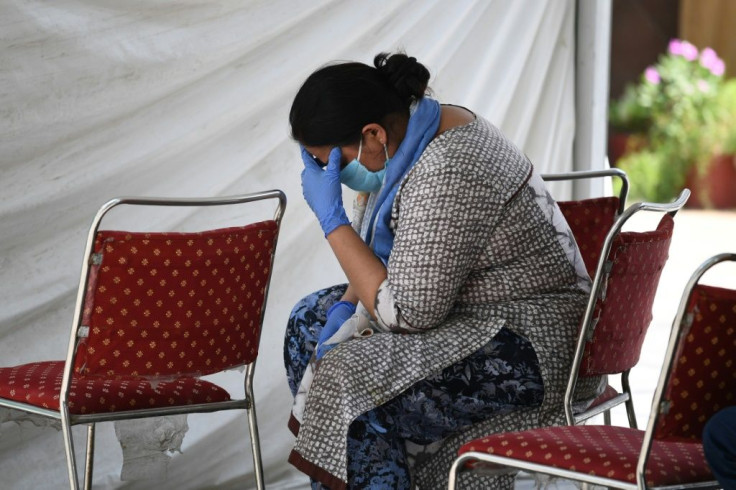
India is the fourth worst-hit country in the world with more than 354,000 confirmed cases -- though limited testing means the true number is likely much higher.
The number of fatalities leapt by more than 2,000 to top 11,900 on Wednesday after Mumbai and New Delhi updated their figures.
The government won plaudits in late March for imposing one of the world's strictest lockdowns. But millions of migrant workers were left jobless and, unable to get home, sometimes held in crowded facilities that increased the risk of transmission.
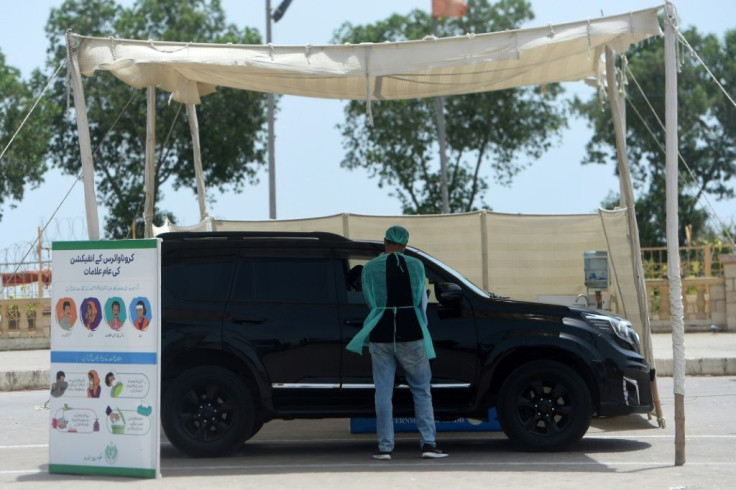
As the government steadily lifts restrictions, cases have surged.
"The problem is that in a country like India, with its large-scale poverty and large migrant community, you can't expect everyone to shelter in place and ride out the storm," said Michael Kugelman, an analyst from the Washington-based Wilson Center.
In neighbouring Pakistan, which has recorded more than 160,000 cases and over 3,000 deaths, Prime Minister Imran Khan resisted a nationwide lockdown, saying the country could ill afford it.
Many there chose to ignore social distancing guidelines and provincial lockdowns were relaxed during last month's Eid al-Fitr holiday, helping fuel the current increase in cases.
"When Eid celebrations came, the public took the ease of the lockdown as a sign that the disease was all over. They swamped the markets, they went to funerals, there was no enforcement of the (social distancing measures)," said Samra Fakhar, a surgeon in the northwestern city of Peshawar.
Authorities have warned that Pakistan would likely see more than one million cases by July, and the World Health Organization has called for new lockdowns, a measure Khan rejected.
In Pakistan's overwhelmed hospitals, doctors say national leaders wasted precious early months to brace for a potential onslaught.
"We had a chance to prepare for this but unfortunately it didn't happen. Things are going to get worse," said Saeedullah Shah, a doctor with the Pakistan Islamic Medical Association COVID-19 task force.
"Are we ready for it? Not at all. ... People will start getting violent when they don't find beds."
Further complicating the crisis is limited testing which is skewing data lower.
Last week, burial figures released by nine state-run graveyards in the Bangladeshi capital Dhaka, as well as dozens of small graveyards in a neighbouring city, showed at least 1,600 additional deaths in April and May, a top Bengali news site reported.
Yet health ministry data show only 450 people died from COVID-19 in the two cities during the period.
Similar anecdotes are emerging in conflict-battered Afghanistan, which has only acknowledged more than 26,000 cases and 500 deaths -- seemingly impossibly low numbers for a country that failed to enforce lockdowns amid ongoing fighting and where impoverished day labourers are unable to stay home.
"We have reports of increasing suspected deaths, people burying dead bodies at night," said Kabul governor Mohammad Yakub Haidary last week, adding that the Afghan capital was suspected of having more than a million infected people.
"There is a disaster coming."
© Copyright AFP 2024. All rights reserved.





















